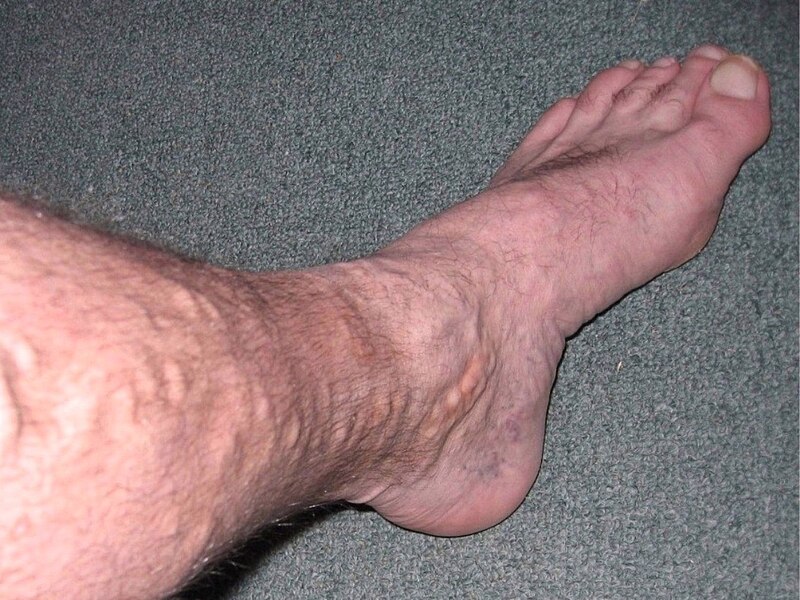Varicose veins may appear innocuous at first glance, but this is not the case. These conspicuous veins may develop vein disease over time. Each year, over 900,000 Americans are afflicted by deep vein thrombosis (DVT), according to the Centers for Disease Control and Prevention (CDC). Between 60,000 and 100,000 individuals perish.
If you have varicose veins in their early stages, it is imperative that you get your veins healthy as quickly as feasible. Below are the five phases of vein disease and ways to prevent the progression of varicose veins. Seek help from a spider vein specialist in South Carolina.
The Development of Vein Disease
It is essential to recognize vein disease symptoms and know when to seek treatment. As varicose veins advancement, you may experience the following disagreeable or uncomfortable symptoms:
- Spider veins
Spider veins first indicate vein disease. These spiderweb-like capillaries are usually purple, blue, or red and weave throughout the epidermis. Spider veins are typically painless and can be handled non-invasively with sclerotherapy.
- Varicose veins
Varicose veins are the subsequent manifestation of vein disease. These veins protrude and spiral around the lower extremities. Varicose veins can cause distress and pain in the legs, including burning, pulsating, aching, and numbing. These veins develop due to improper blood flow in capillaries that are unhealthy.
- Edema
Edema, which is commonly referred to as swelling, happens when blood pools in the legs following extended periods of sitting or standing. Typically, edema is the first significant symptom of chronic vein insufficiency. Those with edema likely also have a condition such as elevated blood pressure or heart disease.
- Skin changes
Those who develop edema will typically observe skin discoloration and alterations. Due to blood leakage and pooling in the skin’s tissue, the skin may appear brown and leathery. These alterations to the epidermis can result in cracking, bleeding, and ultimately venous ulcers.
- Ulcers
Vein disease that has progressed to an advanced phase will manifest as ulcers. Ulcers are excruciatingly painful and take a very long time to recover, and infected ulcers can lead to additional complications. In addition to constant dressing, medical intervention is necessary if you have an ulcer. Agonizing open sores, extreme leg discomfort, and limited mobility characterize this stage of vein disease.
Preventing Varicose Veins
Treating varicose veins promptly as the first symptoms appear can delay their progression. Varicose veins can frequently be treated with dietary modifications, exercise, and compression hosiery.

